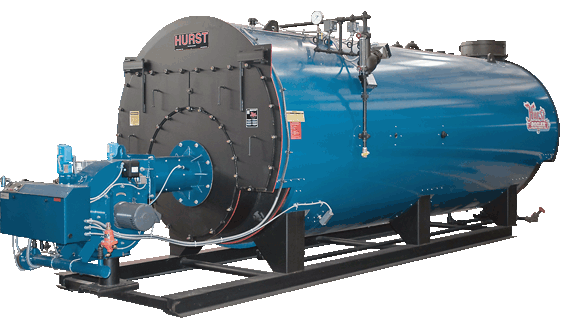Sep 10, 2018 - U.S.C.G. Merchant Marine Exam. If a boiler generates saturated steam at 125.3 psig, how much heat is required to change the water. Jan 30, 2018 - Purchase Marine Steam Boilers - 4th Edition. 1 Historical Development of the Marine Boiler. Milton Roy M. List of boiler types, by manufacturer.
The Johnson boiler is a used for ship propulsion. The Johnson design was developed by the British engineer J. Johnson in the late 1920s.
A patent was granted in 1931, and one of these boilers was installed in the. This was a time when water-tube boilers were being adopted in fast ships, such as naval warships and passenger liners. There was also a shift to rather than burning. Oil had several advantages for a fast ship, particularly a warship that needed to combine both efficiency for long range with the ability to generate high power on demand when full speed was needed. Oil required fewer, and a smaller crew required less space aboard given over to mess spaces. Refuelling was also quicker and cleaner with oil than with coal. The Johnson boiler was the first of the, a class of water-tube boilers characterised by single and vertically above each other, with curved vertical water tubes to the sides forming an overall cylindrical volume.
Download parasite eve 2 pc full. Download Parasite Eve 2 Pc Full. July 1, 2017. Fifa Street 4 Keygen Pc Download. July 1, 2017. Goudy Trajan Bold Free Font Download. July 1, 2017. Download Parasite Eve 2. PC, Windows 10/Windows 8. And packed it full of polygonal characters and monsters in a modern-day urban setting. When we first. Download parasite eve 2 pc free shared files. Parasite eve 2 CD2.part2.rar from all world's most popular. Parasite eve 2 pc download. Parasite eve 2 pc Full.


There is no grate at the base of this furnace space, so they are fired by liquid burners, rather than a solid fuel furnace producing. The large radiant heating area available allows a combustion rate, for a given furnace volume, of around twice that for a contemporary boiler, such as the. The end walls of the furnace may be either water walls with more tubes, or else simple firebrick. The small amount of brickwork for the Johnson design, without requiring a furnace base, was seen as an advantage by the Navy. The Royal Navy trialled a Johnson boiler in 1936, when the was built with two and a Johnson, rather than the three Admiralties used for the rest of the class.
This boiler had a water wall at the non-firing end. The initial design had poor circulation until external cold downcomers were added, increasing the weight by 10%. Babcock-Johnson boilers [ ]. And her sister ship, were both four-funnelled liners refitted in 1937 with Babcock-Johnson boilers and only two funnels The Babcock-Johnson is the developed form of the Johnson design, constructed. The end walls of the furnace are tube-walled and there are large external. The boiler and its exhaust uptake is enclosed in an overall downward air duct, supplied through an air preheater in the exhaust stack.
Early versions of this design used a thick tube nest, split into two layers and with the placed as axially-parallel tubes between these. Later designs had thinner tube nests of only four rows of tubes, with the superheater placed in the uptake to the funnel. Working conditions would be '850/850', with a working pressure of 850 pounds per square inch (59 bar) and a steam temperature of 850 °F (454 °C). The superheater would be placed in one side of the uptake, with a between the high and low pressure turbines placed in the other. Fairfield-Johnson boilers [ ] The Fairfield-Johnson boiler is a further development of the Babcock-Johnson type.
The working pressure of the boiler is reduced from around 58 bar to 30 bar, but the steam temperature after the supheater remains the same at around 825 °F (441 °C). The engineering change for these boilers is to reduce the work done in the boiler's steam generating tubes, in favour of increased superheating. Radiant heating of the boiler tubes is the same, but there is less convective heat transfer, giving a higher superheater gas inlet temperature. References [ ].